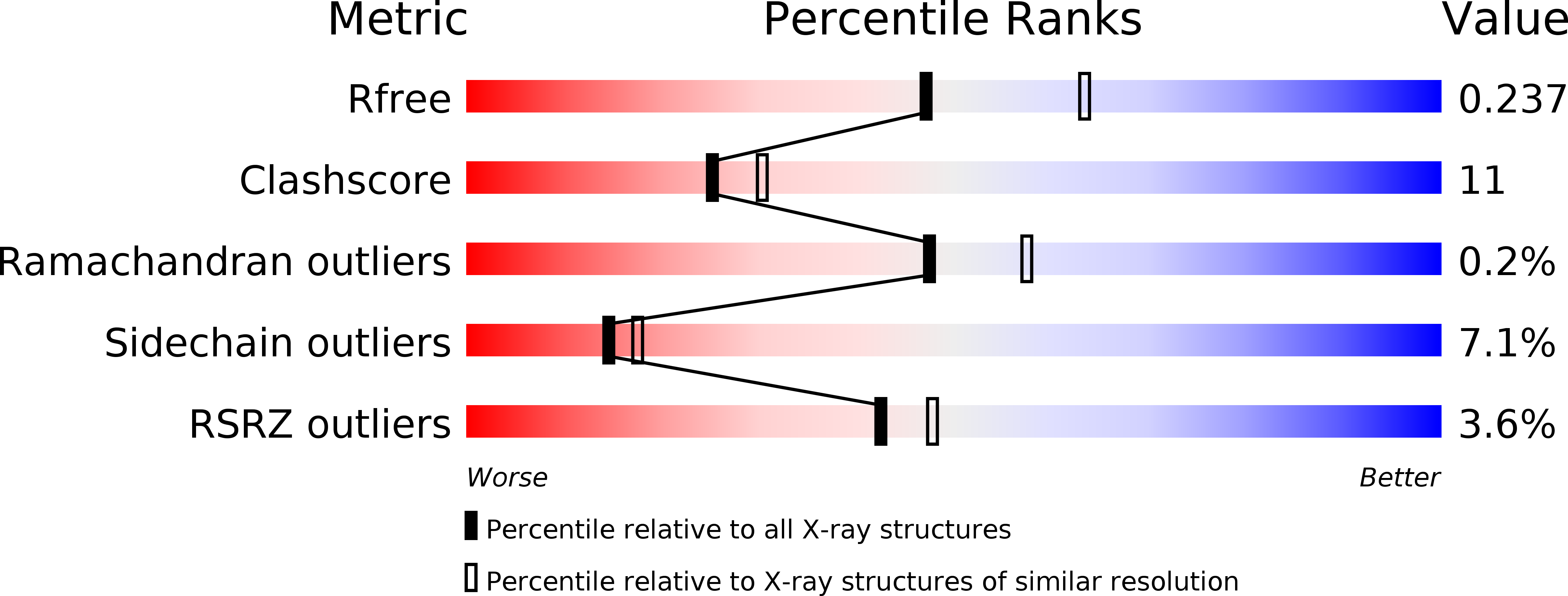
Deposition Date
2012-04-17
Release Date
2012-06-06
Last Version Date
2024-02-28
Entry Detail
PDB ID:
4EP7
Keywords:
Title:
Functional implications from the Cid1 poly(U) polymerase crystal structure
Biological Source:
Source Organism:
Schizosaccharomyces pombe (Taxon ID: 284812)
Host Organism:
Method Details:
Experimental Method:
Resolution:
2.28 Å
R-Value Free:
0.24
R-Value Work:
0.18
R-Value Observed:
0.19
Space Group:
P 1 21 1


